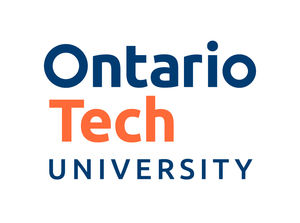Experimental and theoretical investigation of novel phase change materials for thermal applications
Abstract
An experimental investigation is conducted to test the thermal properties, behaviour and characteristics of R134a clathrates with additives, as phase change materials (PCMs). PCMs’ charging characteristics are analysed and evaluated for cooling applications. The formation of refrigerant clathrates is investigated due to their potential use in active as well as in passive cooling applications. PCMs are formed using R134a clathrate and distilled water with different refrigerant fractions and five different additives. The main objective of using additives is to study their potential for enhancing the clathrate formation and their thermal properties under direct contact heat transfer. PCMs are formed in glass tubes to determine their freezing onset time, transformation time and thermal properties. The thermal properties determined are the liquid phase thermal conductivity, mushy phase thermal conductivity, and specific latent heat of the PCMs. Refrigerant R134a fractions of 0.15, 0.2, 0.25, 0.3, 0.35 and 0.4 are used to form clathrate. For the additives, ethanol, sodium chloride, magnesium nitrate hexahydrate, copper and aluminum are used. Additive mass fraction is varied from 0.01 to 0.05 with 0.01 interval. Time for on set and end set is recorded after regular intervals. PCM’s temperatures, after regular intervals, at two different locations inside the tube are also recorded. Discharge tests are also conducted for which the PCMs are used to cool the hot air as well as to cool down a battery. Energy and exergy analyses are performed to assess PCMs’ performance. R134a fraction of 0.35 is found to be the best mass ratio for clathrate formation while Ethanol as best additive.

